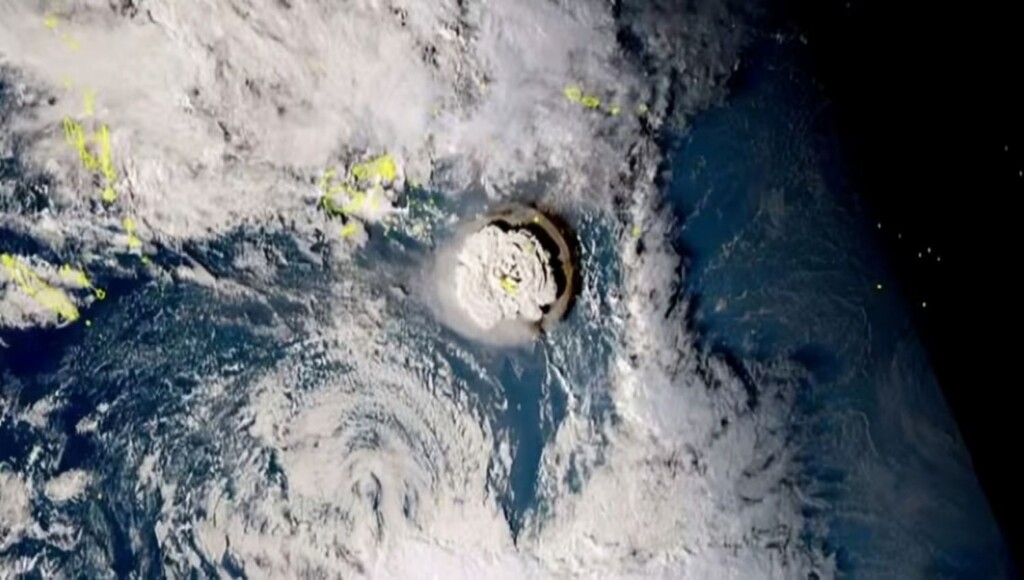On Thursday, Japan experienced two significant earthquakes. The first tremor registered a magnitude of 6.9, followed by a subsequent quake measuring 7.1, both occurring off the southern island of Kyushu, as reported by the United States Geological Survey.
The Japan Meteorological Agency indicated that the epicenter of the earthquake was located off the eastern coast of Kyushu, at a depth of approximately 30 kilometers (18.6 miles). In the aftermath of these powerful seismic events, the agency issued a tsunami advisory, forecasting wave heights of up to 1 meter (3.3 feet) along the southern coastline of Kyushu and the adjacent island of Shikoku.
Nuclear plant operators in both Kyushu and Shikoku reported that they were conducting assessments to determine if any damage had occurred to their facilities.
NHK, Japan’s public broadcasting organization, reported incidents of shattered windows at Miyazaki airport, which is located near the epicenter of the seismic activity. Japan is situated on the Pacific “Ring of Fire,” a region characterized by a series of seismic faults surrounding the Pacific Ocean, making it one of the most earthquake-prone nations globally.
